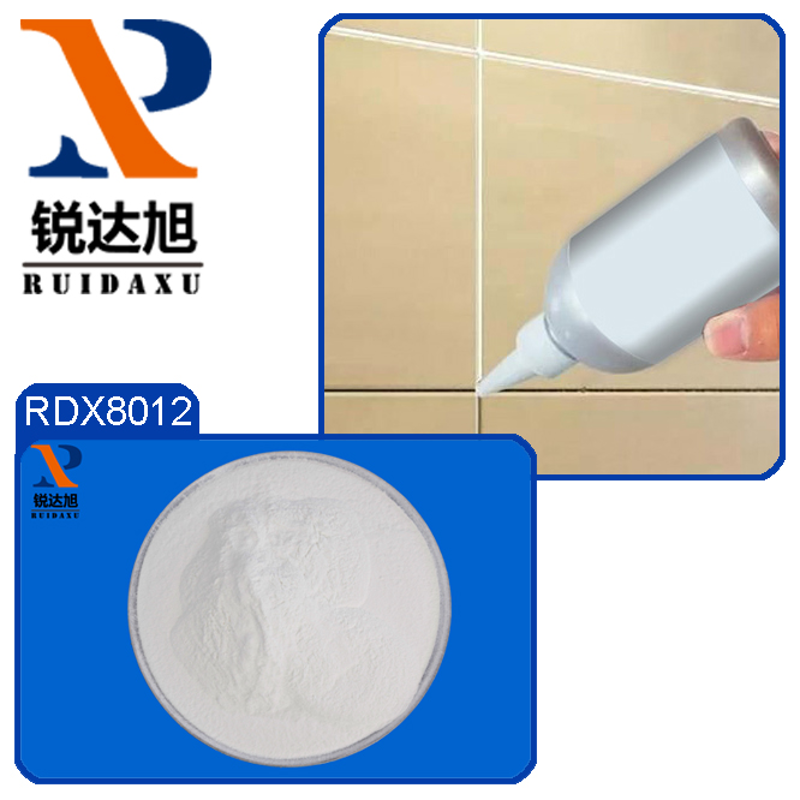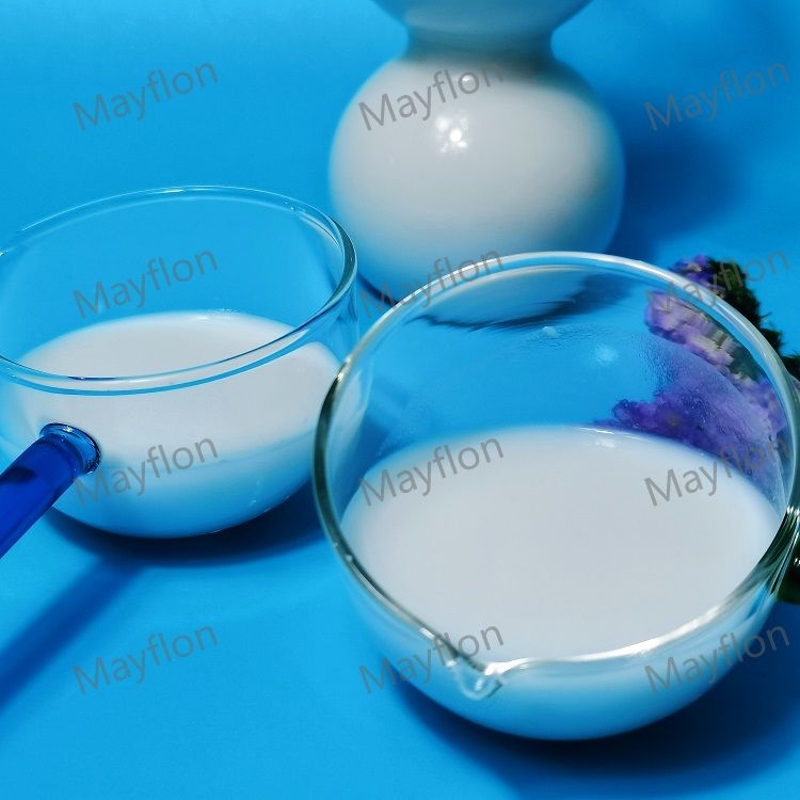-
Categories
-
Pharmaceutical Intermediates
-
Active Pharmaceutical Ingredients
-
Food Additives
- Industrial Coatings
- Agrochemicals
- Dyes and Pigments
- Surfactant
- Flavors and Fragrances
- Chemical Reagents
- Catalyst and Auxiliary
- Natural Products
- Inorganic Chemistry
-
Organic Chemistry
-
Biochemical Engineering
- Analytical Chemistry
- Cosmetic Ingredient
-
Pharmaceutical Intermediates
Promotion
ECHEMI Mall
Wholesale
Weekly Price
Exhibition
News
-
Trade Service
4.
4.
Weigh an appropriate amount of E-301, dissolve it with chloroform , pour the weighed 6201 carrier into the above solution, mix it, and dry it under an infrared lamp
4.
Fill in the carrier gas and age at 150℃ for 8h~10h
4.
Start the chromatograph, and sample can be injected after the selected working conditions are stable
4.
The purity X 1 expressed in mass percentage is calculated according to formula (1):
In the formula: f — the relative correction factor of tetrachloroethylene ;
A—The peak area of tetrachloroethylene;
f i — relative correction factor of component i;
A i —the peak area of component i
Take the arithmetic average of the two parallel determination results as the determination result, and the difference between the two parallel determination results shall not exceed 0.
4.
Place the sample on an electric heater and evaporate to dryness at 110°C to 115°C
4.
According to the provisions of GB/T6283
Take the arithmetic mean of the two parallel determination results as the determination result
4.
6 Determination of alkalinity
4.
6.
1 Method summary
The alkali in the sample reacts with the excess hydrochloric acid reagent.
After the reaction, the remaining acid is stabilised by adding isopropanol .
Using bromophenol blue as an indicator, back titration with sodium hydroxide standard titration solution to calculate the alkali Degrees
.
4.
6.
2 Reagents and materials
4.
6.
2.
1 Isopropanol
.
4.
6.
2.
2 Hydrochloric acid reaction reagent: c(HCl)=0.
1mol/L, measure 4.
4mL hydrochloric acid , dissolve in 300mL isopropanol , dilute to 500mL with absolute ethanol
.
4.
6.
2.
3 Sodium hydroxide standard titration solution: c(NaOH)=0.
1mol/L
.
4.
6.
2.
4 Bromophenol blue indicator solution: 1g/L
.
4.
6.
3 Analysis steps
4.
6.
3.
1 Pipette 25.
0 mL of hydrochloric acid reagent and 25 mL of isopropanol , place them in a 250 mL dry Erlenmeyer flask, add 3 drops of bromophenol blue indicator solution, and titrate with sodium hydroxide standard titration solution until the solution is stable blue-green For the end
.
Record the number of milliliters V0 of sodium hydroxide standard titration solution consumed by this blank test
.
4.
6.
3.
2 Pipette 25.
0mL of the hydrochloric acid reaction reagent and place it in a 250mL dry conical flask with stopper, add 10.
0mL sample, then add 25mL isopropanol, cover the stopper and mix well, keep it at room temperature for 10min
.
Add 3 drops of bromophenol blue indicator solution, and titrate with sodium hydroxide standard titration solution until the solution is stable blue-green as the end point
.
Record the number of milliliters V1 of the sodium hydroxide standard titration solution consumed by this titration sample
.
V 1 must not be V 0 obtained from the blank test .
If V 1 is greater than V 0 , the alkalinity is unqualified
.
4.
6.
4 Expression of analysis results
The sincerity expressed by mass percentage (calculated as NaOH) X 2 is calculated according to formula (2):
In the formula: V 0 -the volume of the standard titration solution of sodium oxide consumed in the blank test, mL;
V 1 —The volume of sodium hydroxide standard titration solution consumed by the titration sample, mL;
c—The actual concentration of sodium hydroxide standard titration solution, tnol/L;
P t —the density of the sample, g/cm 3 ;
0.
040— The mass of sodium hydroxide expressed in grams equivalent to 1.
00mL hydrochloric acid reagent [c(HCl)=1.
000mol/L]
.
Take the arithmetic mean of the two parallel determination results as the determination result
.
The difference between the two parallel determination results shall not exceed 0.
005%
.
Related Links: Tetraethylene for Industrial Use (2)







